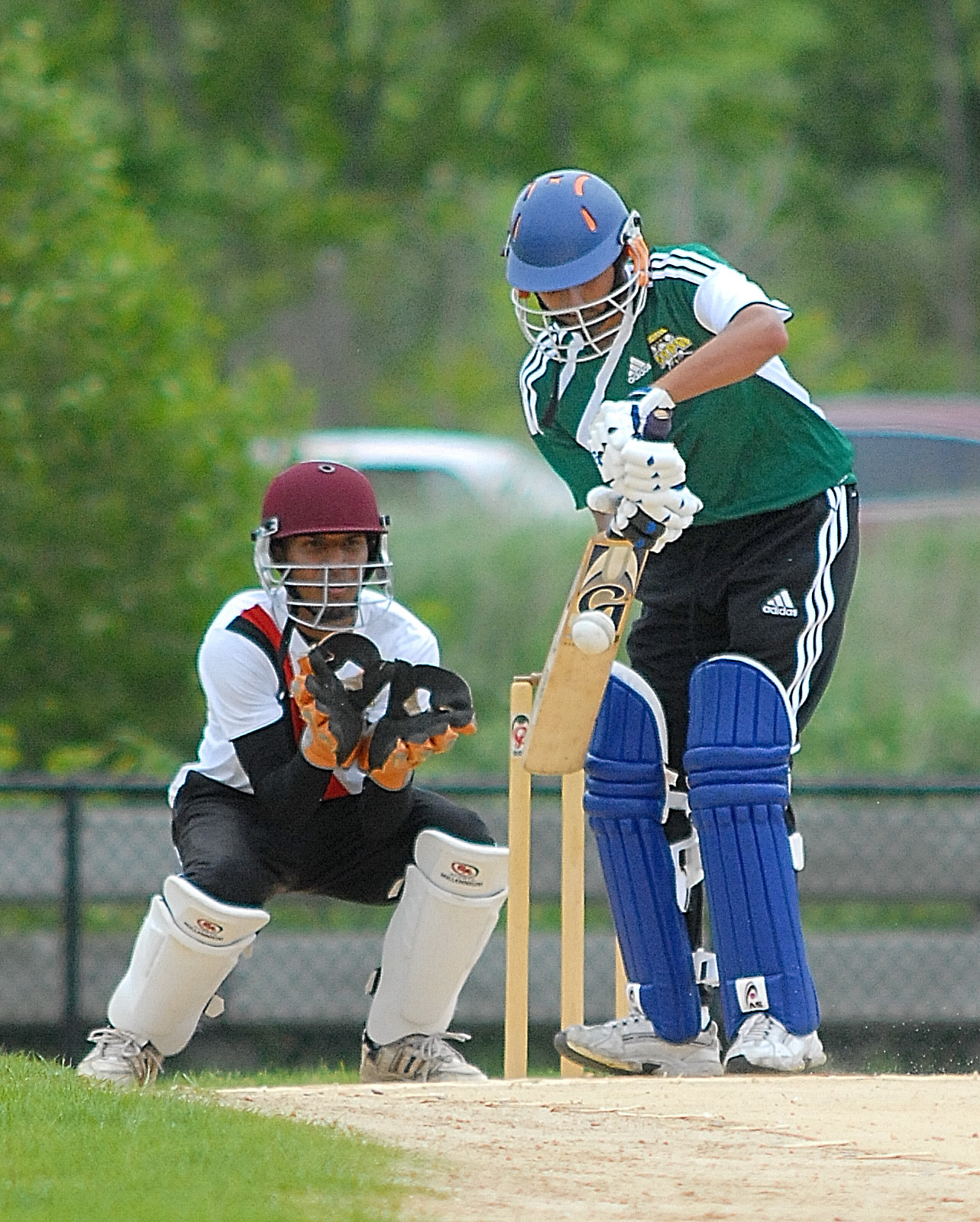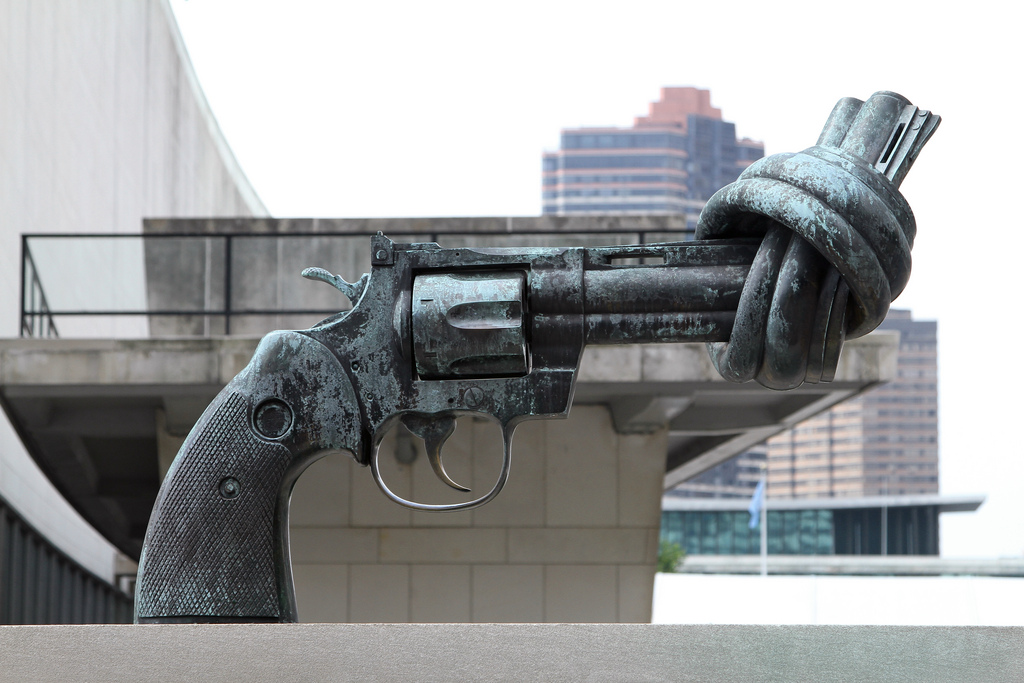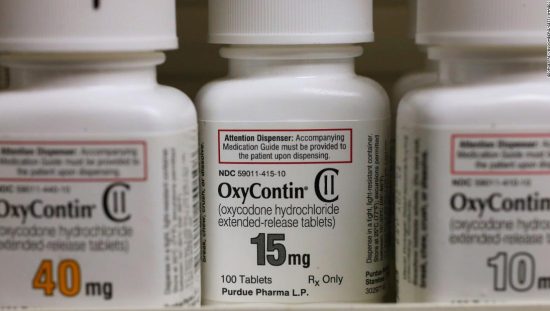The comparison between sports and violence is far from a novel association. For hundreds of years under the Roman Empire violence was sport and sport was violence. Further, George Orwell wrote in a 1945 essay that sport is little more than “war minus the shooting.”[i] These comparisons can yield modern-day benefits for law enforcement and counterterrorism officials. Understanding the similarities between athletic teams and terrorist groups will allow law enforcement agencies to work to mitigate radicalization by utilizing sports leagues to build constructive relationships with at-risk individuals and communities.
No individual is born a terrorist. Violent extremists are definitively a product of their environment. It is only after prolonged exposure to various circumstances that an individual evolves into a violent radical extremist.[ii] Because radicalization is a process it is possible to intervene and take measures to prevent radicalization. Patterns allow for better understanding of the terrorist radicalization cycle.
Five of the nine factors designated by a 2002 University of Northampton study on sports team cohesion listed nine factors which contribute to a sports team’s ability to coalesce into a solid, goal-oriented unit can be applied directly to the group cohesion of a terrorist cell and provide insight into why an individual ultimately finds sanctuary in a terrorist group.[iii] Those factors with substantial cross-applicability are as follows: “(1) The opportunity to achieve personal goals or desires as a member of a team, such as challenge-seeking; (2) The extent to which individuals perceive themselves as members of a group; (3) The presence of a charismatic leader; (4) The opportunity to satisfy personal needs, such as enhancing self-esteem through being associated with a prestigious group; [and] (5) The commitment of other group members.”[iv]

With these many common characteristics between team sports and terrorist groups, George Orwell’s quote could be turned around to read “terrorism is sports with shooting.” Strong charismatic leaders and the furtherance of personal status are especially common in the realm of terrorist groups. Washington Post writer Christopher Dickey highlights the importance of social status in the minds of aspiring jihadis, “some are looking for Paradise as ‘martyrs,’ some just for street cred back home, and some for serious combat experience in urban warfare.”[v]
One way to take advantage of the commonalities between motivation for joining a sports team and joining a terrorist group is to create sports leagues which foster a positive sense of community. Better yet are sports leagues administered by police departments, which build positive communal ties and create a constructive relationship between law enforcement and at-risk individuals. Numerous police departments across the country have “Police Athletic Leagues” also known as PALs which target inner-city youth, typically those at the greatest risk of turning to crime or gang activities.[vi],[vii]
The New York Police Department administers a robust sports program which boasts an annual attendance of over 17,000 participants.[viii] One particularly innovative program, established in 2008 to create an amicable relationship between local communities and the NYPD, is the NYPD United and Cricket programs which consist of multi-team clubs in both soccer and cricket.[ix] The cricket league features nearly 150 members on ten teams with names like the Dare Devils, Superstars and the 2009 league-champion Lycans.[x] NYPD Deputy Inspector Amin Kosseim highlighted the need for a sport aimed to engage the Muslim demographic in the city, because “the Muslim community is not a community we had great outreach to in the past,” according to Kosseim.[xi] By choosing a sport popular with southwest Asian communities, an increasingly targeted demographic for terrorist recruitment[xii], the NYPD can more effectively work to prevent radicalization.
Based on positive feedback from players in the league, the NYPD’s cricket league has been quite successful. One player went as far to say about the police, “They are more into community than I thought they were. They actually care about different types of people.”[xiii] This is precisely the type of positive relationship the NYPD hoped to achieve. Another metric to gauge the league’s success is its consistent growth and expansion. The league continues to grow in popularity within the community, sporting ten teams this season, as compared to only six last season.[xiv] With such success, the league will likely continue to grow in the future.
Recently counter-radicalization theory picked up steam in the government, as demonstrated by Congresswoman Sue Myrick’s letter to President Obama concerning the need for a developed counter-radicalization strategy.[xv] One of Congresswoman Myrick’s suggestions emphasized the necessity of targeting radical propagandists to diminish terrorism’s appeal and decrease recruitment. The obstacles to comprehensive programs persist. Violent terrorist groups evolve and adapt as government efforts to combat terrorism change. Nonetheless, it is worth the effort, and can make a real difference if implemented in earnest.
Athletic outreach programs will not quiet radical propagandists; however the leagues can work to diminish the resonance these propagandists have with their intended audiences. Sports leagues provide local law enforcement agencies with a prime opportunity to combat radicalism and terrorism in a more benevolent and approachable way. These leagues will not be a panacea for violent extremism in America; however they are a simple step towards building better relationships between law enforcement agencies and certain communities
[i] Orwell, George. “The Sporting Spirit.” Shooting an elephant, and other essays.. [1st American ed. New York: Harcourt, Brace, 1950. Print.
[ii] Springer, Devin R., James L. Regens, and David N. Edger.Islamic radicalism and global jihad . Washington, D.C.: Georgetown University Press, 2009. Print.
[iii] Pack, S.-M., B. Hemmings, and I. Greenlees. “An exploratory study of goal commitment within team sports. (Part V: psychology).” Journal of Sports Sciences 20.1 (2002): 70+. Academic OneFile. Web. 23 Jan. 2011.
[iv] Ibid.
[v] Dickey, Christopher, et al. “JIHAD EXPRESS.” Newsweek 145, no. 12 (March 21, 2005): 34-36.Academic Search Complete, EBSCOhost (accessed January 27, 2011).
[vi] “Police Athletic League of Philadelphia ::: About PAL.”Police Athletic League of Philadelphia ::: Home Page. N.p., n.d. Web. 26 Jan. 2011. http://www.phillypal.com/pal_about.php.
[vii] “Boston Police Athletic League, Inc..” Boston Police Athletic League, Inc.. N.p., n.d. Web. 26 Jan. 2011. http://www.bostonpal.org/about.htm.
[viii] “Program Detail | Police Athletic League NYC .” Police Athletic League NYC | Before kids can go places, they need a place to go. . NYPD PAL, n.d. Web. 28 Jan. 2011. http://www.palnyc.org/800-PAL-4KIDS/Program.aspx?id=18.
[ix] “NYPD UNITED & Cricket.” NYPD UNITED & Cricket. http://nypdunitedcricket.blogspot.com/ (accessed October 14, 2010)
[x] Ibid.
[xi] Akam, Simon. “With Every Whack of the Cricket Bat, a Bond.” New York Times 28 June 2009, sec. N.Y./Region.
[xii] “The NEFA Foundation.” The NEFA Foundation. http://nefafoundation.org//index.cfm?pageID=51 (accessed January 15, 2011).
[xiii] Akam, Simon
[xiv] Ibid.
[xv] Myrick, Sue. “Letter to the President on Counter Radicalization.” Letter to President Barack Obama. 27 Jan. 2011. MS. 230 Cannon House Office Building, Washington, D.C.



